The rescuers of a mourning dove they found under a chair on their back porch approach a wildlife center. They are initially skeptical of the standards of the facility after observing that the building is an old mobile home and the outdoor caging looks homemade. However, the rescuers are pleased when they enter – the facility appears tidy and smells clean. They are greeted by a volunteer who is entering information on a well-kept log, and another volunteer busily mopping the hall in front of a closed door marked “Infirmary.” The volunteer at the desk puts on gloves and takes the bird into a room adjoining the lobby marked “Intake: Rehabilitators Only,” notifying a woman donning a lab coat that a new patient has arrived.
In another location, a rescuer confidently takes a nest of baby squirrels into a building that looks like a veterinary clinic with a large “Wildlife Rehabilitation Center” sign. She is not greeted, so she calls for attention down a dark hall. The building smells of animal waste. A volunteer appears from a room containing several animals in cages, eating a sandwich. There are what appear to be feces on her sleeve, and her shoes are caked in mud. The volunteer puts the squirrels in a box and puts them in a closet with other boxes, and asks the rescuer to fill out a form that looks to be smeared with blood stains before shutting the door behind her.
While these examples may seem like a lesson in first impressions, the purpose is anything but. Busy wildlife rehabilitators often rely on support volunteers to perform “busy work,” such as cleaning cages, sweeping, mopping, and doing the laundry. However, these activities are just as important as delivering medical care to wildlife patients. A healthy wildlife rehabilitation facility is not characterized by the structure of the workplace. In fact, it is a comprehensive zoonoses prevention plan that deserves more than relegating tasks to volunteers.
Zoonoses are infections that pass from animals to humans. A majority of existing zoonotic infections are associated with domestic animals (pets, farm animals, etc.) and are well-known, predictable, and curable. However, zoonoses associated with wildlife can be vague in presentation and life-threatening. Prevention of zoonotic disease consists of measures taken to reduce the risk of transmission of disease.
Personal habits eliminate or provide a barrier against zoonoses, including hand washing and use of personal protective equipment (PPE) such as gloves, gowns, masks, and special clothing. It is important to remove PPE after use to prevent them from becoming fomites (inanimate objects that harbor a pathogen, only to be transmitted to a person who touches the item later). Take gloves off immediately after touching an animal to avoid transmitting pathogens from the gloves to other objects. Remove outer clothing (such as lab coats or shoes) after caring for an animal or its environment and wash them separately from other clothing. Because of the large number of pathogens that can be spread through the fecal-oral route of transmission, human food and beverages must be stored and consumed in an area away from the animal care areas.
The process of cleaning and disinfecting removes zoonotic pathogens from the environment. Cleaning is the most basic step. It involves removal of trash and debris from the area (“tidying”), changing soiled bedding and caging, dirt or contaminants from surfaces, and washing food and secretions from feeding utensils (including syringes and feeding tubes).
Disinfecting is a chemical method to eliminate pathogens from objects. Disinfecting must always be preceded by cleaning because most chemicals are inactivated by organic material. Disinfection is complete once the surface has been thoroughly air-dried.
Similar to the fact that there is not a single medication that cures every illness, there is not a single disinfectant that eradicates every pathogen. Selecting a product for disinfecting is not easy. Consulting veterinary practices for advice is as necessary a component for managing the physical environment as is assuring animal treatment protocols are correct.
Cleaning occurs on a frequent basis to prevent zoonotic diseases from gaining a hold on the care environment. However, disinfecting is done based on the area or item. For instance, feeding utensils can be cleaned between uses on the same animal, but must be disinfected after the last use of the day. Caging may be cleaned daily, but disinfection is required when the enclosure is heavily contaminated or after the occupant is moved out of the cage. Despite having the best intentions and practice, humans can spread pathogens during daily activities in the rehabilitation center. Using disinfectants to mop floors on a daily basis greatly reduces this risk.
So, just as a wildlife rehabilitator would never neglect the care of an animal, never neglect the care of the workplace. The prevention of zoonoses is rooted in the cleaning and disinfecting of the facilities and equipment of the wildlife rehabilitation center. Consistent application of the steps of a comprehensive zoonoses prevention process supports the overall mission of wildlife rehabilitation. At the same time, this purposeful work by dedicated support volunteers provides a great first impression for rescuers who bring in the patients.

Leave a Reply
You must be logged in to post a comment.